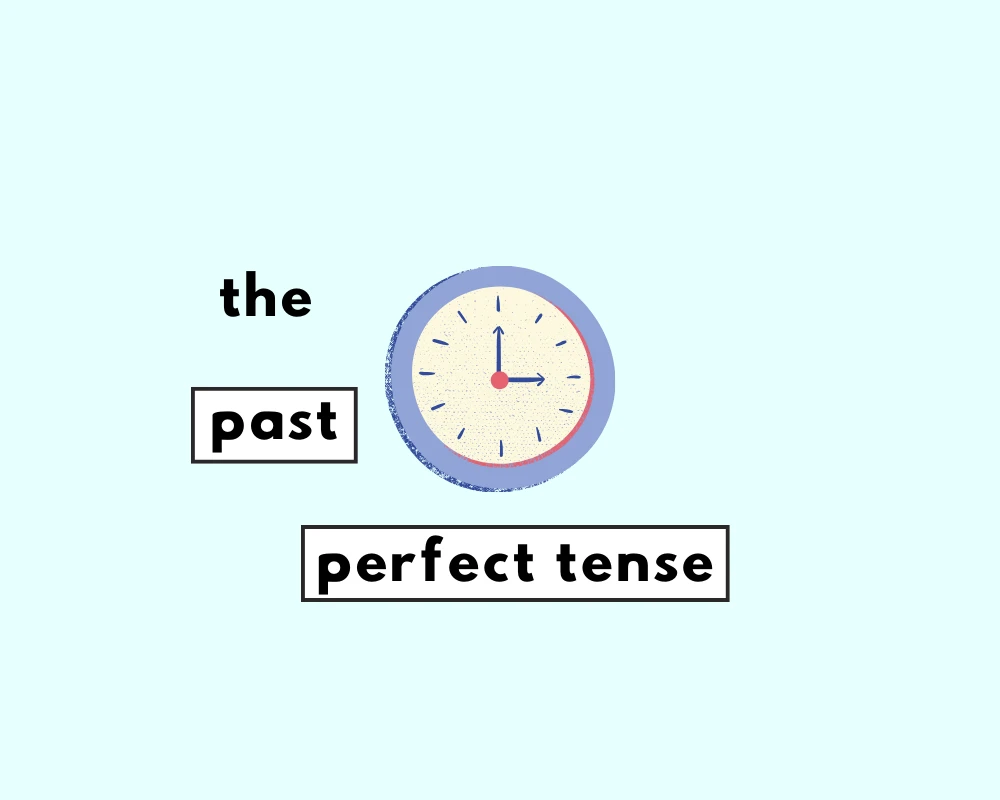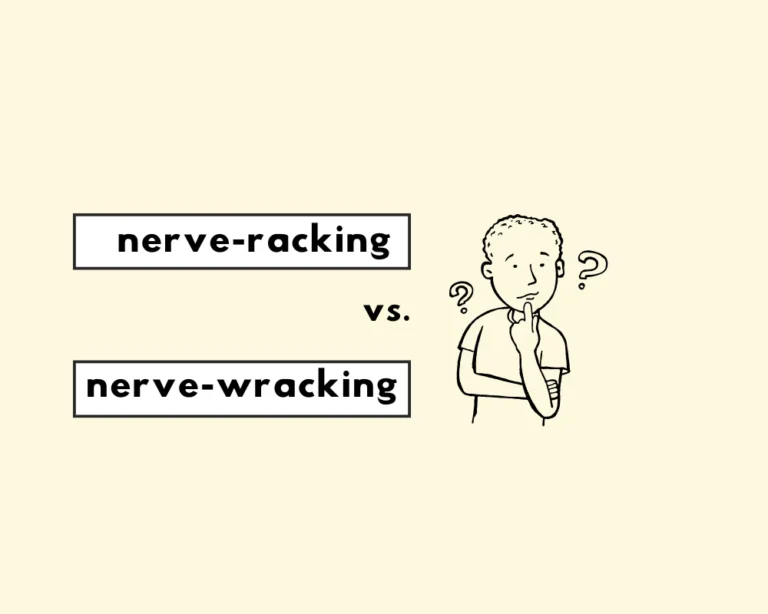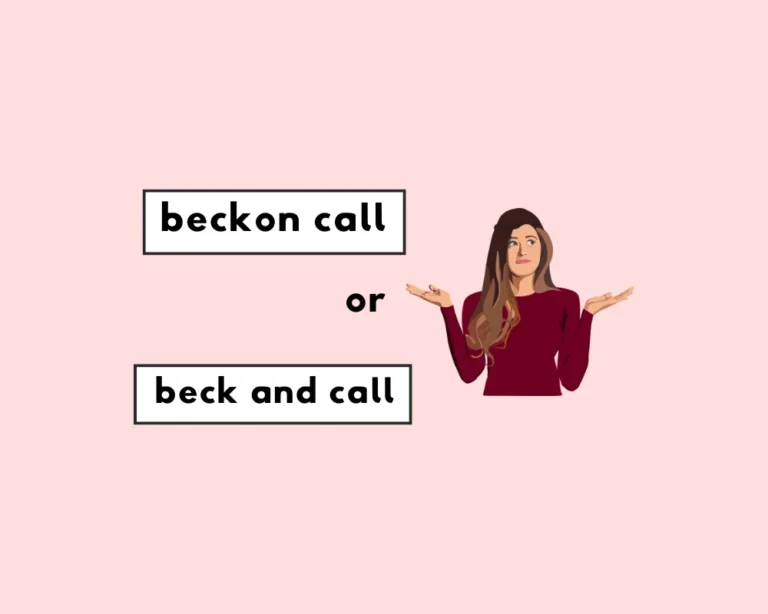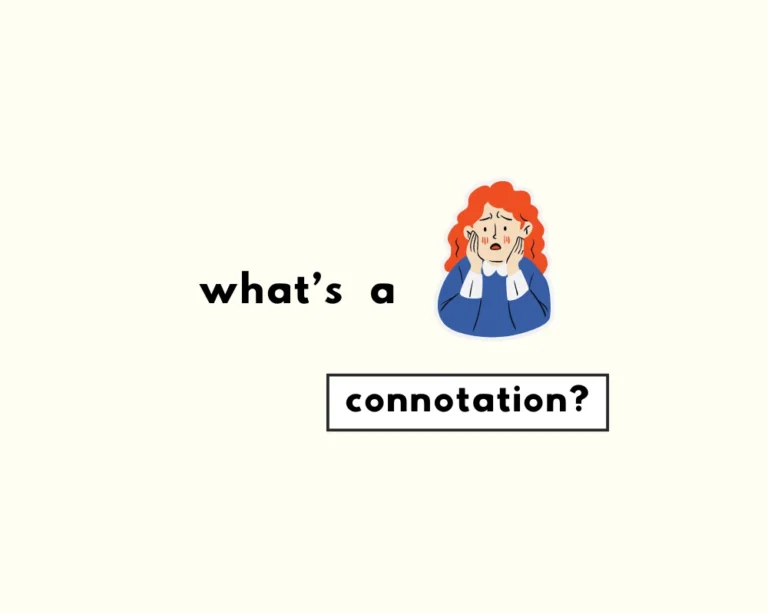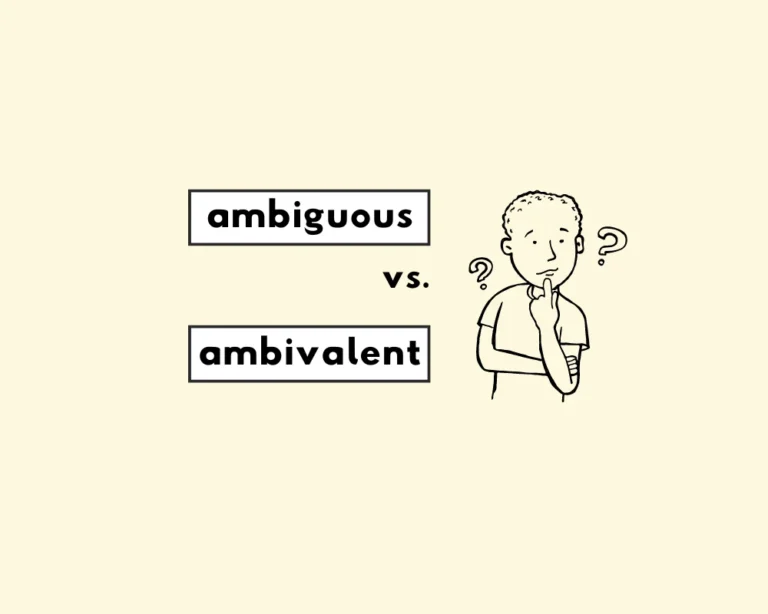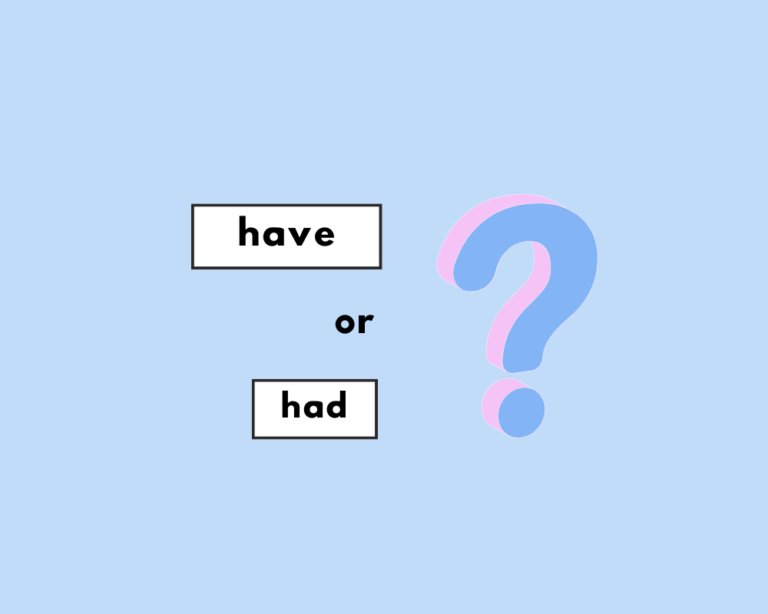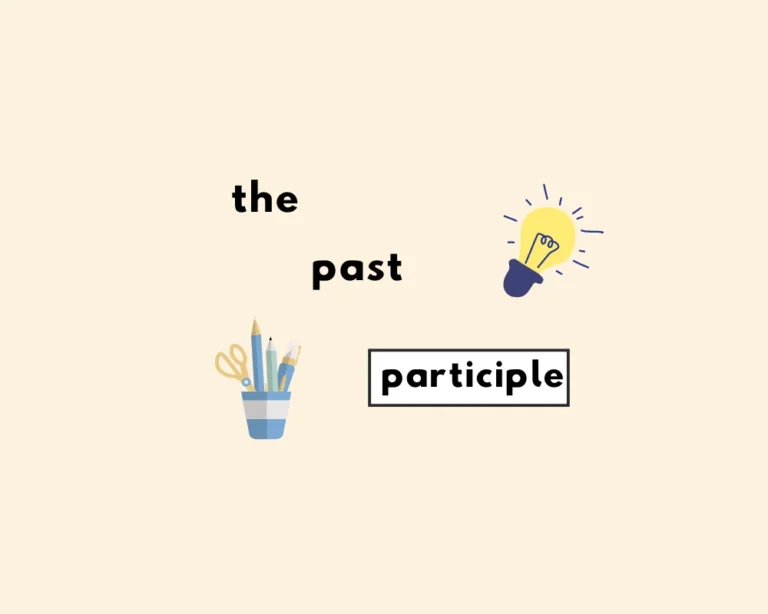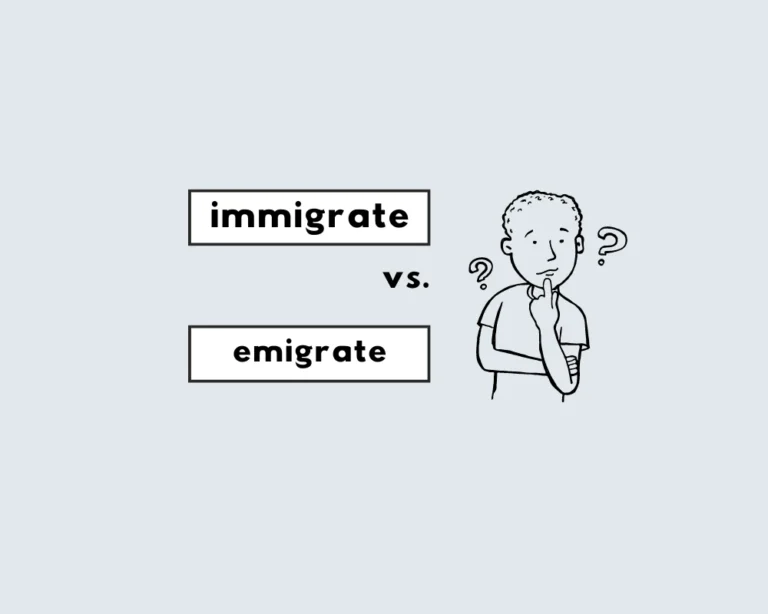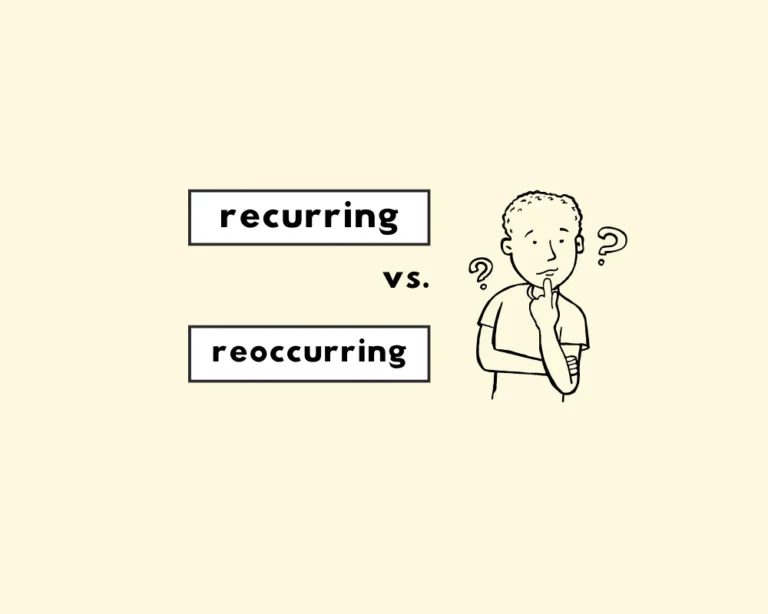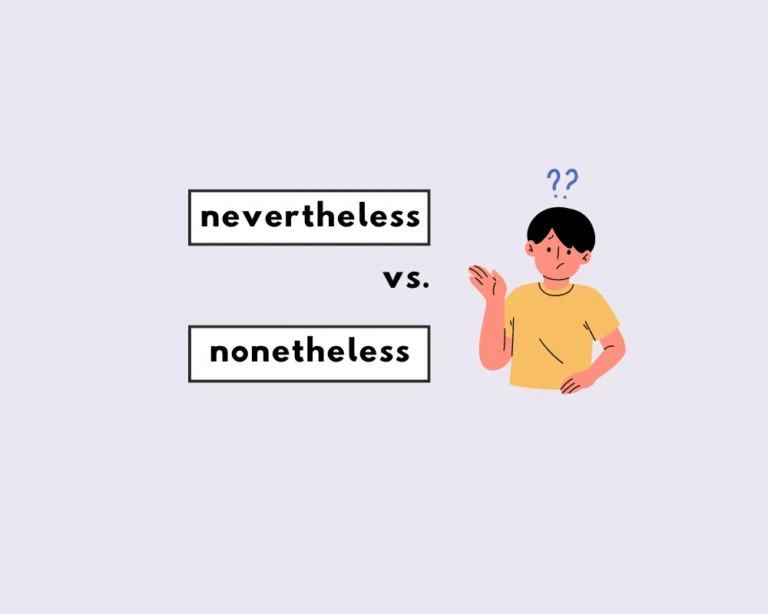Contents
Toggle
What is the past perfect tense?
The past perfect, also called the pluperfect, is a form of the past that describes when something happened before something else which also occurred in the past.
We communicate in the past perfect to emphasize the order in which previous events occurred, particularly when they are consecutive or ongoing.
How and when to use the past perfect tense
If you’re familiar with the term pluperfect (don’t worry if not), you may know it’s Latin for the past perfect, and translates to, “to note the time of an action occurring prior to another specified time”, c. 1500.
The etymological translation aptly describes the function of the past perfect; that is, to help depict past events (that began and ended before now), that relate to other past events in some way. When we use the past perfect, it clarifies what the relationship or order between these events are (or actions, states, etc.) . Oftentimes the relation between them is causal, as the chart below lays out.
To form the past perfect, pair had + [past participle].
| examples of the past perfect tense |
| I was exhausted because I hadn’t slept well the night before. |
| I had lost my keys and couldn’t get into the house. |
| They had left before I had spoken with either them. |
| I hadn’t met David before, even though I had met his wife several times. |
Past perfect tense vs. past perfect continuous
| past perfect | past perfect continuous |
| When the police arrived, the thief had escaped. | James had been teaching at the university for more than a year before he left for Asia. |
Past perfect vs. past simple
| simple past | past perfect |
| I saw the sunrise this morning. | When she’d enrolled in the course, she had never studied a foreign language before. |
The difference between the Preterit and the Perfect is in English observed more strictly than in the other languages possessing corresponding tenses. The Preterit refers to some time in the past without telling anything about the connexion with the present moment, while the Perfect is a retrospective present, which connects a past occurrence with the present time, either as continued up to the present moment (inclusive time) or as having results or consequences bearing on the present moment.
Read more about verbs
- Forms of “To Be”
- What Are Auxiliary Verbs?
- What is the Present Tense? (Forms of the Present Tense)
- The Future Tense (4 Forms of the Future Tense)
- What’s the Present Perfect Tense?
- What is the Past Tense? (Forms of the Past Tense)
- What Are Verb Tenses? (Past, Present and Future)
- What’s a Participle? (Present Participle vs. Past Participles)
Sources
- Harper Douglas, “Etymology of tense,” Online Etymology Dictionary, accessed Feb 14, 2024, https://www.etymonline.com/word/tense.
- Harper, Douglas. “Etymology of pluperfect.” Online Etymology Dictionary, https://www.etymonline.com/word/pluperfect. Accessed 14 February, 2024.
- P.C. Wren and Martin’s English Grammar and Composition.

